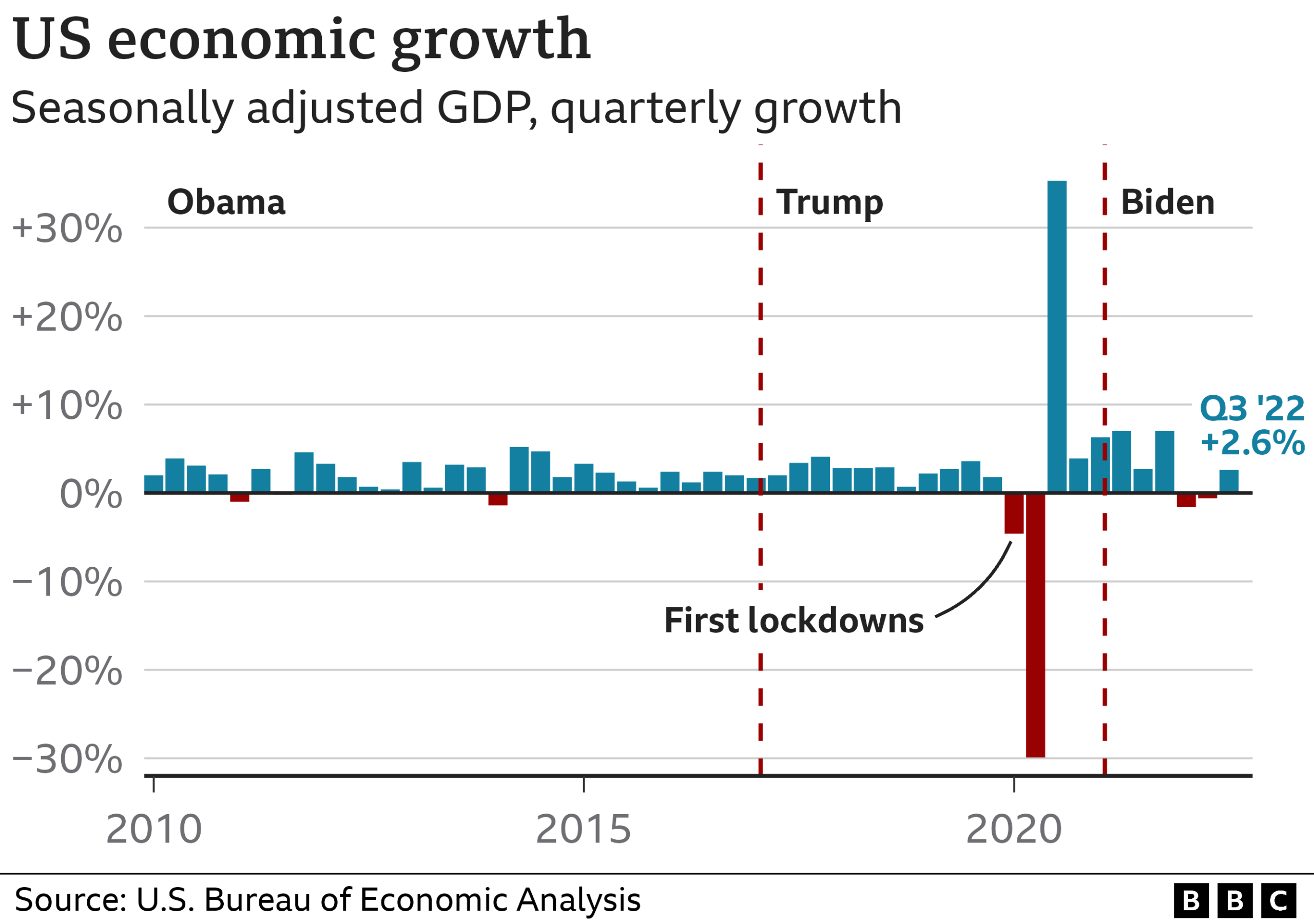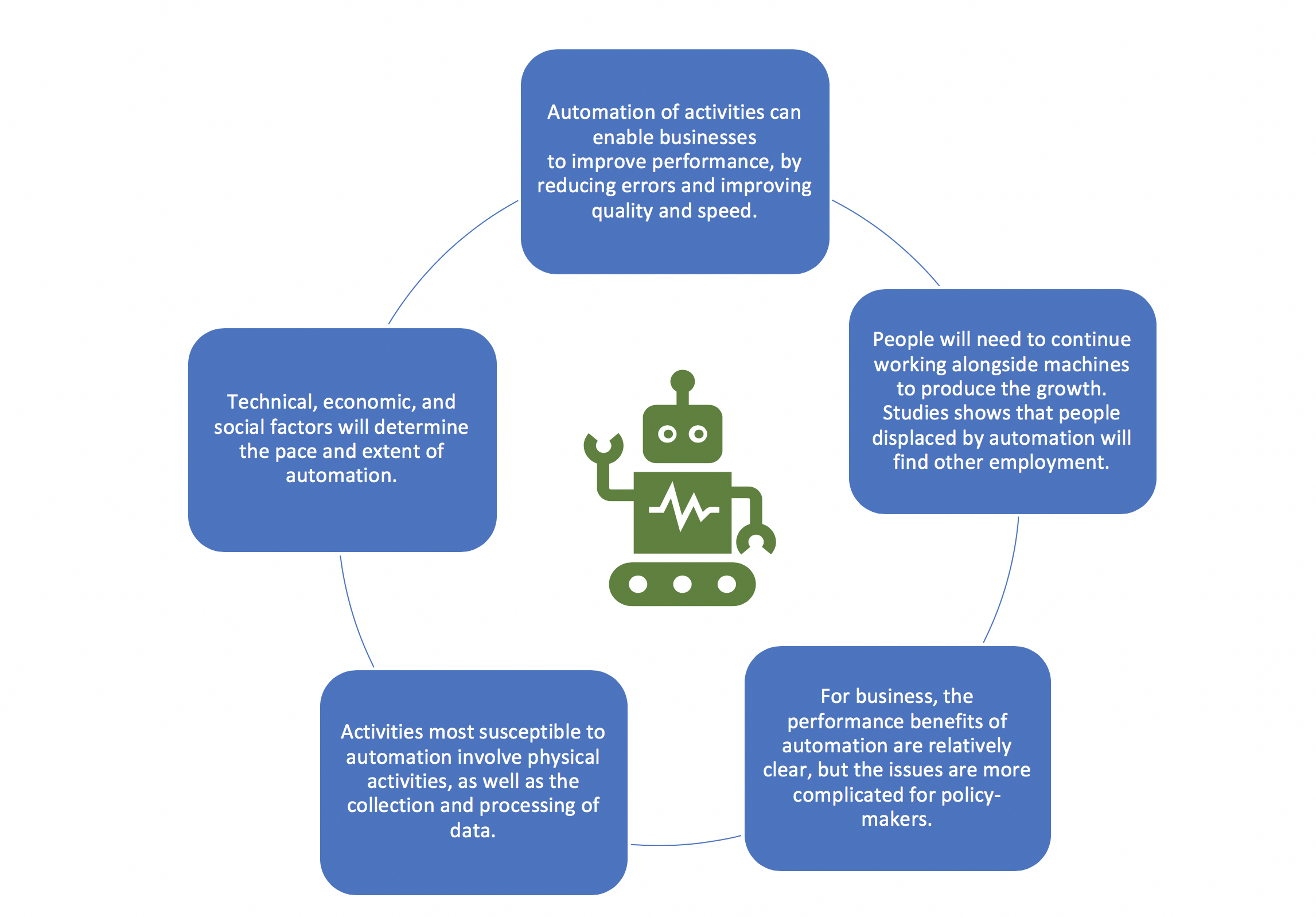
The housing crisis has emerged as a significant challenge affecting millions of Americans, exacerbating issues of housing affordability and homeownership. As wages stagnate and the costs of new homes skyrocket, the dream of owning a home slips further from reach for many individuals and families. Contributing to this crisis are restrictive land-use regulations and NIMBY (Not In My Backyard) policies that hinder construction productivity, leading to a stagnation in the availability of affordable housing. This bottleneck in housing supply has been documented in recent studies, which reveal a troubling decline in the sector’s productivity since the 1970s. As we delve into the complexities of the housing crisis, it is crucial to explore how these policies not only limit new developments but also perpetuate the challenges faced by aspiring homeowners across the country.
The current predicament surrounding housing represents a broader issue of access to accommodation, marked by soaring costs and systemic barriers to homeownership. This predicament profoundly impacts economic mobility and social equity, as many are left grappling with the escalating challenge of securing adequate living spaces. Factors including stringent land-use norms and attitudes that discourage new construction significantly stifle the growth of affordable housing options. Moreover, the constriction of available housing supply leads to heightened competition, driving up prices and further complicating the aspirations of potential homeowners. Addressing these interconnected issues will require a thoughtful reassessment of existing policies and a collaborative effort to foster the development of housing solutions that prioritize affordability and accessibility.
Understanding the Housing Crisis: Causes and Implications
The U.S. is currently grappling with a severe housing crisis that underscores the troubling reality of housing affordability. This crisis has roots in various factors, but research indicates that restrictive land-use regulations play a pivotal role. These regulations, often fueled by NIMBY policies, limit the types of housing that can be built, thus exacerbating shortages and pushing prices beyond the reach of many Americans. As the price of new homes continues to soar, understanding the interplay between policy and affordability is crucial for any substantive solutions.
Furthermore, the implications of this crisis extend beyond mere numbers; they affect our communities and economic landscape. With homeownership becoming a distant dream for numerous families, the standard of living in many regions is decreasing. The inability to secure affordable housing not only limits individual financial health but also stifles local economies, which thrive on stable homeownership rates. Addressing the housing crisis necessitates a comprehensive approach that re-evaluates current land-use policies to foster construction productivity and affordability.
The Impact of NIMBY Policies on Housing Development
NIMBYism, or “Not In My Backyard” policies, significantly hampers the development of new housing across the United States. These often vocal community opposition efforts to new projects stem from concerns about property values, aesthetics, and perceived neighborhood disruptions. Unfortunately, while these sentiments may resonate locally, the broader impact is detrimental. The restrictive nature of NIMBY policies leads to fewer housing developments, skyrocketing prices, and a widening gap in housing availability. As builders face increasing hurdles, the construction productivity declines, resulting in fewer affordable units being produced.
To illustrate the detrimental effects of NIMBY policies, we can observe the decline in the average size and scale of housing developments since the mid-20th century. The era of large-scale housing projects has all but vanished, replaced by smaller, often piecemeal developments that fail to meet demand adequately. By limiting the size and scope of new residential projects, NIMBY policies inadvertently contribute to the very housing crisis that local residents are seeking to avoid. Reassessing these regulations could be essential for improving housing affordability and diversity in future developments.
Boosting Construction Productivity to Alleviate Housing Affordability
Construction productivity has plummeted over the decades, especially when compared to other sectors such as manufacturing. The reasons for this decline are multifaceted, but one significant factor is the increasing burden of land-use regulations. Heavy regulations not only stifle innovation in construction techniques but also necessitate a cumbersome approval process that delays projects and increases costs. By simplifying and streamlining regulatory frameworks, the industry could enhance construction productivity, ultimately leading to improved housing affordability.
By fostering an environment that supports larger-scale projects and innovative building practices, we can counteract the effects of stagnated productivity in the housing sector. Construction firms that are larger in scale benefit from economies of scale; they can produce many more units per employee than smaller firms. Encouraging policies that facilitate the establishment of larger developments could result in much-needed affordable housing inventories while also allowing developers to implement more cost-effective methods. Boosting construction productivity is thus a critical step towards making homeownership attainable for future generations.
Land-Use Regulations: A Barrier to Affordable Housing
Land-use regulations are instrumental in shaping the landscape of housing development across the U.S. While they aim to ensure orderly growth and preserve community character, they often lead to unintended consequences that exacerbate housing costs. Stricter zoning laws, for instance, limit the types of housing available, depriving communities of diverse options that cater to various income levels. These constraints become a significant barrier to developers who would otherwise contribute to alleviating the housing crisis through low-cost housing solutions.
To effectively address the housing crisis, it is essential to reassess and potentially reform land-use regulations. By creating more flexible zoning laws, local governments can facilitate the development of a broader range of housing types, including multi-family units and affordable housing projects. This shift can enhance housing availability, decrease overall costs, and foster inclusive communities. Ultimately, streamlining land-use regulations is a necessary measure for achieving a more balanced housing market that supports both current residents and future growth.
Homeownership Challenges in Today’s Market
The dream of homeownership, once commonly attainable for many Americans, has slipped out of reach for a substantial portion of the population. Rising home prices, coupled with stagnant wage growth, have created significant barriers for would-be homeowners. The challenges in homeownership are most pronounced among younger generations, who often face overwhelming debt and limited savings opportunities. As more individuals rely on rental markets, the demand for affordable rental options increases, further intensifying pressures on housing availability.
To mitigate these homeownership challenges, communities must explore innovative solutions such as affordable housing initiatives, down payment assistance programs, and financial education resources. By addressing the barriers to homeownership head-on, we can create pathways for families to achieve stability through housing. As policymakers work to ensure fair access to homeownership, it is essential to engage with communities to understand their unique needs and perspectives, thus creating tailored solutions that resonate with potential homeowners.
Mitigating the Effects of the Housing Affordability Crisis
To mitigate the effects of the ongoing housing affordability crisis, a collaborative approach is essential. This involves not just government intervention but also engagement with private sector stakeholders, community organizations, and residents. By partnering to identify and implement scalable solutions, we can enhance the availability of affordable housing. Any comprehensive strategy must include reforming land-use regulations, incentivizing large-scale affordable housing projects, and promoting sustainable development practices.
Additionally, improving public transportation and infrastructure will create more opportunities in suburban areas, allowing for a diverse range of communities. Investing in infrastructure can lead to well-planned, accessible neighborhoods that support both housing and economic growth. Addressing the housing affordability crisis requires an integrated effort that aligns the goals of various stakeholders towards creating inclusive and economically viable communities.
The Role of Innovation in Construction and Housing
Innovation is the cornerstone of enhancing productivity in any sector, and the housing market is no exception. Throughout history, advancements in construction technology and techniques have played a substantial role in reducing costs and improving efficiency. However, the construction sector has lagged in adopting innovative practices since the 1970s, primarily due to NIMBY policies and restrictive land-use regulations that stifle larger developments and investments in new technologies.
Encouraging innovation requires a commitment to collaborative efforts between builders, technology providers, and policymakers. Streamlining regulations can foster a more adaptable construction climate where innovative practices thrive. This could involve promoting modular construction, investing in sustainable building materials, or leveraging technology to improve project management. By embracing innovation, the housing industry can not only tackle current productivity challenges but also ultimately improve affordability and accessibility for future homeowners.
Challenges Faced by Builders in Today’s Environment
Builders today face an array of challenges that significantly impact their ability to deliver affordable housing. From labor shortages to escalating material costs, the pressure on construction companies has never been greater. Moreover, NIMBYism and stringent land-use regulations add layers of complexity, often prolonging project timelines and inflating costs, which ultimately trickles down to higher prices for consumers. In this challenging environment, meeting the demand for affordable housing becomes increasingly difficult.
Navigating these challenges requires builders to adopt strategic approaches that leverage technology and innovation to improve efficiency. For instance, integrating digital tools such as Building Information Modeling (BIM) can streamline design and construction processes while reducing waste. Additionally, fostering relationships with local governments can aid in negotiating more favorable zoning and approval processes. These steps are crucial for creating a construction landscape that supports affordable housing development amidst the hurdles that builders continue to face.
The Future of Housing: Opportunities for Growth
Looking towards the future of housing, opportunities for growth abound if stakeholders adopt collaborative strategies. With a clear focus on addressing housing affordability through innovative solutions, there is potential to revolutionize the market. For instance, embracing more inclusive zoning practices and reducing regulatory barriers can pave the way for a broader array of housing options that appeal to diverse demographics. The future of housing isn’t just about quantity; it’s also about quality and sustainability.
In addition, leveraging advancements in technology can lead to smarter, more efficient construction processes that ultimately reduce costs. As cities adapt to changing demographics and economic realities, the construction industry must evolve, prioritizing sustainability and affordability. By aligning the efforts of builders, policymakers, and community members, we can cultivate a housing landscape that not only meets current demands but also anticipates and accommodates future needs.
Frequently Asked Questions
What factors are contributing to the housing crisis and housing affordability issues?
The housing crisis and housing affordability issues stem from multiple factors including rising labor and material costs, stifling land-use regulations, and NIMBY policies that restrict large-scale construction. These elements have significantly contributed to the diminishing productivity in the construction sector, making homeownership increasingly unattainable for many Americans.
How do NIMBY policies impact the housing crisis?
NIMBY, or ‘Not in My Backyard,’ policies exacerbate the housing crisis by imposing strict land-use regulations that limit the scale and efficiency of residential construction. This results in smaller, bespoke projects that reduce overall productivity, ultimately driving up housing costs and diminishing affordability for homebuyers.
What is the relationship between construction productivity and the housing crisis?
Construction productivity plays a crucial role in either alleviating or contributing to the housing crisis. Lower productivity, partly due to stringent land-use regulations and NIMBY sentiments, has resulted in fewer homes being built per worker. Consequently, this decline in housing production increases home prices, further complicating housing affordability challenges.
Can deregulation of land use help resolve the housing crisis?
Deregulating land-use policies may help resolve the housing crisis by enabling builders to undertake larger, more efficient construction projects. This could enhance construction productivity, lower housing costs, and create a more favorable environment for homeownership, thus addressing the overarching issues of housing affordability.
What role does construction innovation play in the housing crisis?
Construction innovation is vital in addressing the housing crisis as it leads to more efficient building practices and cost reductions. Unfortunately, the decline in innovation in the construction sector, influenced by excessive land-use regulations and smaller firm sizes prevalent in NIMBY areas, hampers the ability to produce affordable housing.
What are homeownership challenges linked to the housing crisis?
Homeownership challenges connected to the housing crisis include skyrocketing home prices, stagnant wage growth, and restrictive zoning laws that limit housing supply. These factors combine to create a landscape where many potential homeowners find it increasingly difficult to achieve affordability and secure ownership in today’s market.
How have land-use regulations changed the housing market over the decades?
Land-use regulations have evolved to become more restrictive over the decades, contributing to the housing crisis by limiting the size and scope of new developments. This shift has led to a significant decline in construction productivity and innovation within the sector, ultimately resulting in higher housing prices and reduced affordability for buyers.
What evidence supports the claim that housing costs have risen dramatically?
Research indicates that the price of new single-family homes has more than doubled since 1960. This trend is attributed to various factors, including increased land-use regulations, labor costs, and the limited scale of current construction efforts compared to historical production rates.
How can we measure the impact of productivity on home prices?
The relationship between productivity and home prices can be measured by examining historical data on housing starts per worker, construction project sizes, and their corresponding effects on cost per unit. A decline in productivity directly correlates with rising home prices, as fewer homes are produced to meet demand.
What are potential solutions to address the housing crisis?
Potential solutions to address the housing crisis include reforming land-use regulations to encourage larger developments, incentivizing construction innovation, and implementing policies that promote affordable housing initiatives. These measures can help improve housing affordability and increase the availability of homes for prospective buyers.
| Key Point | Description |
|---|---|
| Productivity Decline | U.S. construction productivity fell 40% between 1970-2000 despite overall economic growth. |
| Impact of Regulations | Growing land-use regulations limit the size of housing projects, decreasing efficiency and innovation. |
| Housing Costs | New home prices have more than doubled since 1960, making homeownership unaffordable for many Americans. |
| NIMBYism | Local opposition to housing developments drives up costs and reduces the scale of construction projects. |
| Intergenerational Wealth Gap | Housing wealth disproportionately benefits older generations, while younger demographics see a decline in equity. |
Summary
The housing crisis has emerged as a pressing issue in the United States, characterized by soaring costs and increasingly unaffordable homeownership for many. This crisis is exacerbated by factors such as declining construction productivity, the adverse effects of stringent land-use regulations, and local NIMBY opposition to development. As a result, essential innovations and larger projects have diminished, leading to a significant intergenerational wealth gap in housing equity. The findings suggest that without addressing the challenges posed by regulatory burdens and community resistance, the housing market will continue to suffer, further entrenching economic disparities.




